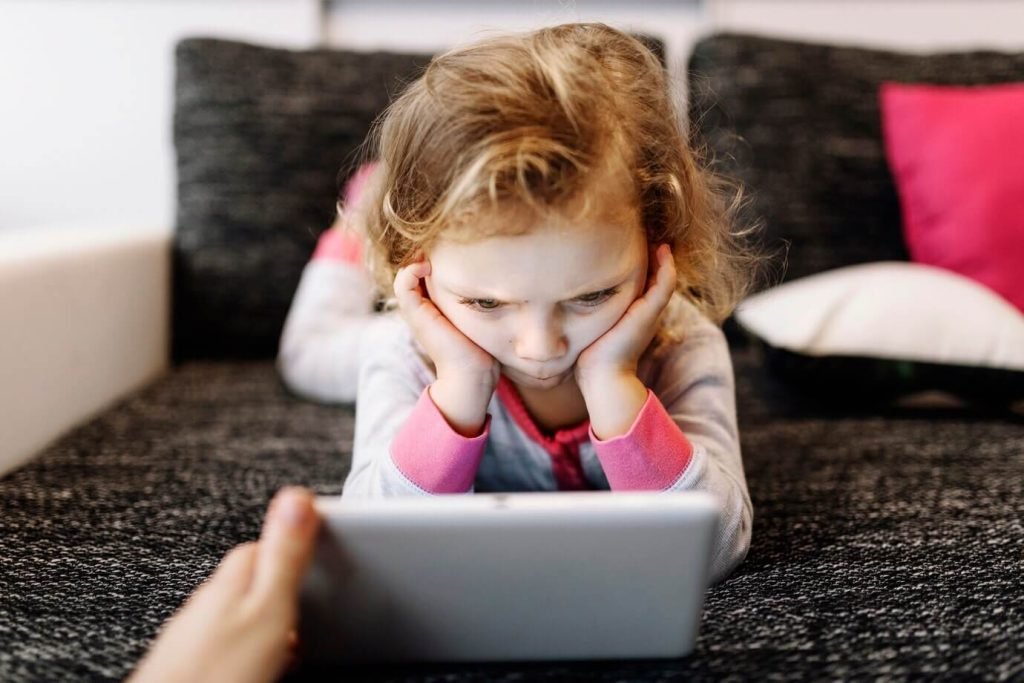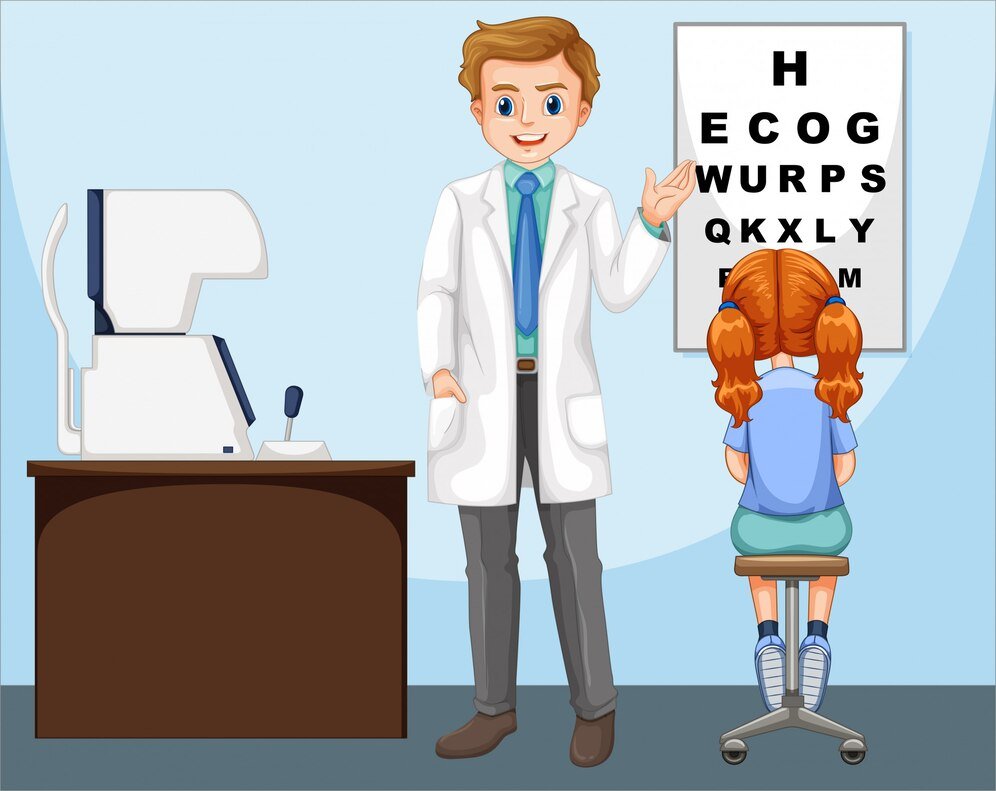A child’s education and general development depend heavily on having a healthy vision. Regretfully, it’s not always simple to tell if your child has vision issues. Since reading and speaking letters from a distance or through an eye exam device is the most common vision test used in our society, it makes sense. This test is not a feasible option if your child is not honest about what they can see or if they have not yet learned the alphabet. The good news is that there are additional indicators that may point to a visual issue. These are nine indicators that you should be aware of in your small child:
Constant Eye Rubbing
Children rub their eyes frequently regardless of vision so it’s easy to ignore this warning sign. A child may rub their eyes due to fatigue, emotional distress or itchiness. Rubbing of the eyes, though, can also indicate that your child is experiencing visual difficulties. Be mindful of your child’s eye rubbing when he or she is playing or attempting to focus.
Holding A Book Or Watching Tv Close To Face

The act of your child sitting too close to the TV or holding a book too close to their face when looking at pictures could be a sign that they are experiencing issues seeing articles that are far away. Your kid might have nearsightedness.
High Sensitivity To Light
Does your child have undiagnosed vision problems when exposed to sunlight or other bright environments? Alternatively, does your child have trouble with camera flashes?
Inadequate Visual Tracking
A child’s ability to track an object in motion like a ball flying through the air is crucial to their vision development. A vision impairment may be indicated if your child struggles with visual tracking. One of the best ways to keep an eye out for this kind of issue is to watch your child while they play and look for signs of hand-eye coordination issues.
Unusual Head Turn
A child who has problems seeing with one eye may constantly turn their head to focus on something that is in line with their better eye. An alternative is for a child who has trouble seeing with both eyes to move their head up or down to concentrate on something. These are significant indicators that your child may be experiencing visual issues.
Different Colours For Each Eye
Under certain circumstances, one or both eyes’ pupils may seem to be coloured differently from a typical black pupil. This could indicate a dangerous eye ailment. Getting a comprehensive child’s eye exam is crucial to rule out any problems if one or both pupils appear white in a photo or reflect light differently.
Avoidance Of Vision-Based Activities
Is your child uncomfortable with vision-based activities like colouring or playing with puzzles? If so, it may be related to an underlying vision issue. Alternatively, perhaps your child prefers not to play on the computer or iPad because it hurts his or her eyes.
Excessive Tearing
Excessive tear production or epiphora may be signs of several eye diseases. Your child might not be able to close their eyes entirely while they sleep due to a disease called lagophthalmos, which causes the eyes to dry out and moisten during the day. To learn about your child’s treatment options, consult their ophthalmologist. A clogged tear duct that obstructs the tear duct may be the cause of your child’s epiphora. Antibiotics are an easy approach to treat an infection caused by blocked tear ducts, even though the infection can be very painful.
Persistent Eye Redness
If your child often complains of uncomfortable or irritated eyes, make an appointment with an optometrist. Such persistent symptoms are abnormal.
Problems In School
It will be even simpler to identify vision issues in your school-age child. They could find it difficult to read without getting lost in the text, or their inability to see the blackboard could result in grades that are lower than anticipated. Ask the teacher to share any perceptions they have made about your kid’s vision issues assuming you have any doubts.
If A Kid Finds It Difficult To Read The Letters On The Chart. How Can They Examine The Eyes?

When it comes to eye exams pediatric eye exams differ greatly from adult eye exams. Physicians place a far greater emphasis on their clinical judgment and measurements than they do on suggestions from young patients. Besides toys and games to occupy the child’s time and gather information, a pediatric eye doctor will be equipped with specialized tools and diagnostic equipment. For a child to find the experience engaging and entertaining, they also require a personality that combines elements of a circus clown and a doctor. The doctor can accurately assess a child’s vision and eye health even if the child is nonverbal and unresponsive or tries to convince the doctor that they need glasses that their friend recently got.
How to Proceed If Your Child Does Not Pass a Vision Screen?
Typically, the paediatrician or school performs vision screenings for your child. The most important thing to do if your child fails a vision screening is to have a thorough eye exam performed by an eye care professional. Visual acuity or the sharpness and clarity of vision is evaluated during a comprehensive examination.
• Eye alignment and strabismus or cross-eyed vision.
• Sensation of depth.
• Total well-being of the eyes exterior and interior.
• Signs of more severe ocular disorders.
It is crucial to have your child’s eyes examined by an eye care professional annually, even if they currently wear glasses. Having a perfect vision is crucial to learning. Many people are unaware of the myriad issues that children in school can face because of poor vision. You should therefore be informed about your child’s overall eye health and what steps you can take to protect it.
Final Words
If you notice any of these warning signs, taking your child to a pediatric optometrist for a checkup and consultation is the best course of action. Even if your child doesn’t show any of these symptoms, it’s still a good idea to go to the eye doctor regularly. The American Optometric Affiliation (AOA) suggests eye tests for babies as soon as a half year old enough and afterwards semi-consistently throughout growing up. Having your child’s eyes checked regularly can help you catch any problems before they hinder their development or education.


